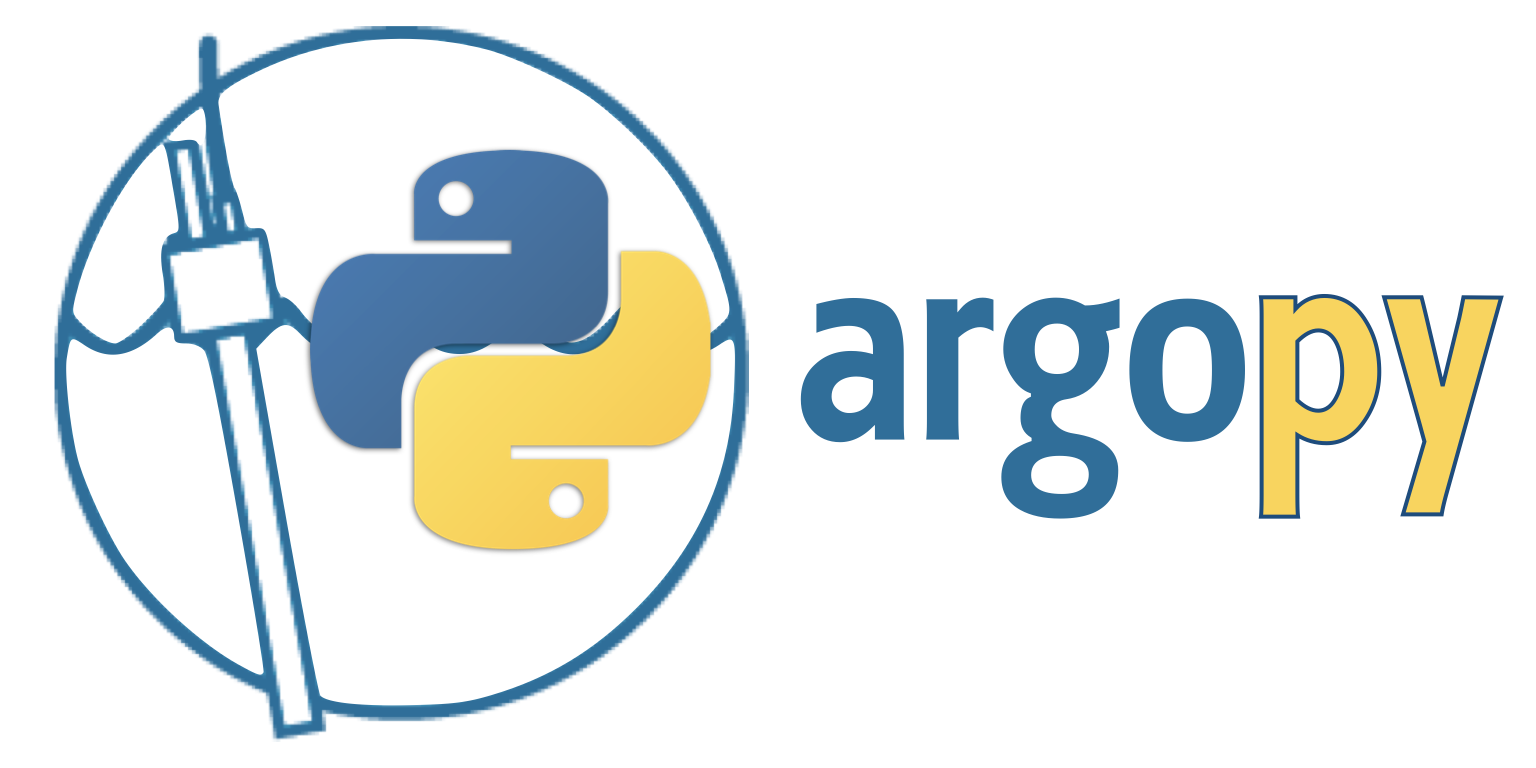 argopy is a python library dedicated to Argo data access, visualisation and manipulation for regular users as well as Argo experts and operators |
|---|
   |
Documentation
The official documentation is hosted on ReadTheDocs.org: https://argopy.readthedocs.io
Install
Binary installers for the latest released version are available at the Python Package Index (PyPI) and on Conda.
# conda
conda install -c conda-forge argopy# or PyPI
pip install argopyargopy is continuously tested to work under most OS (Linux, Mac, Windows) and with python versions 3.7 and 3.8.
Usage
# Import the main data fetcher:
from argopy import DataFetcher as ArgoDataFetcher# Define what you want to fetch...
# a region:
ArgoSet = ArgoDataFetcher().region([-85,-45,10.,20.,0,10.])
# floats:
ArgoSet = ArgoDataFetcher().float([6902746, 6902747, 6902757, 6902766])
# or specific profiles:
ArgoSet = ArgoDataFetcher().profile(6902746, 34)# then fetch and get data as xarray datasets:
ds = ArgoSet.load().data
# or
ds = ArgoSet.to_xarray()# you can even plot some information:
ArgoSet.plot('trajectory') They are many more usages and fine-tuning to allow you to access and manipulate Argo data:
- filters at fetch time (standard vs expert users, automatically select QC flags or data mode, ...)
- select data sources (erddap, ftp, local, argovis, ...)
- manipulate data (points, profiles, interpolations, binning, ...)
- visualisation (trajectories, topography, histograms, ...)
- tools for Quality Control (OWC, figures, ...)
- access meta-data and other Argo-related datasets (index, reference tables, deployment plans, topography, ...)
- improve performances (caching, parallel data fetching)
Just check out the documentation for more !
Development and contributions
See our development roadmap here: https://github.com/euroargodev/argopy/milestone/3
Checkout the contribution page if you want to get involved and help maintain or develop argopy.